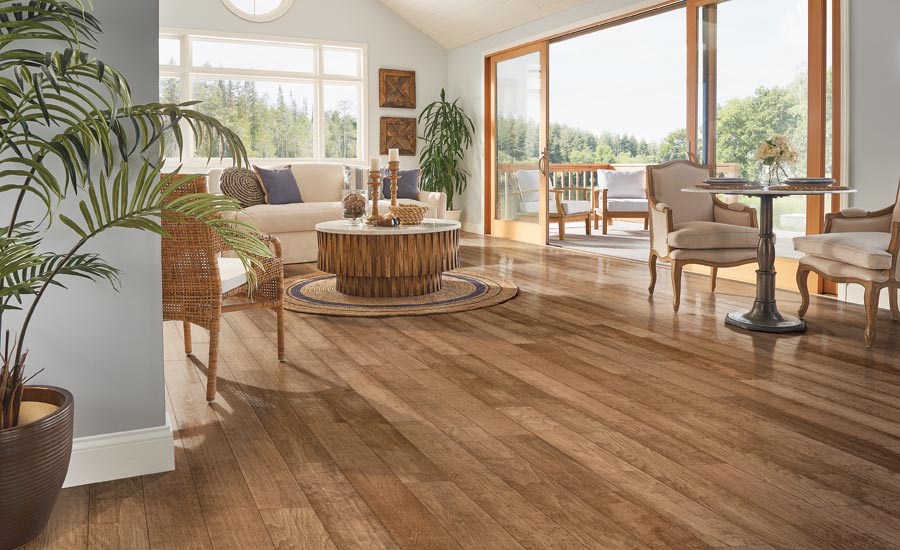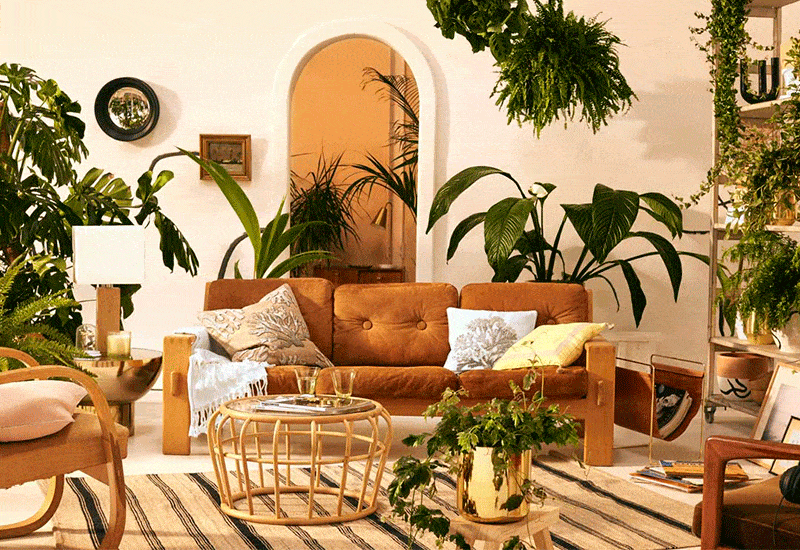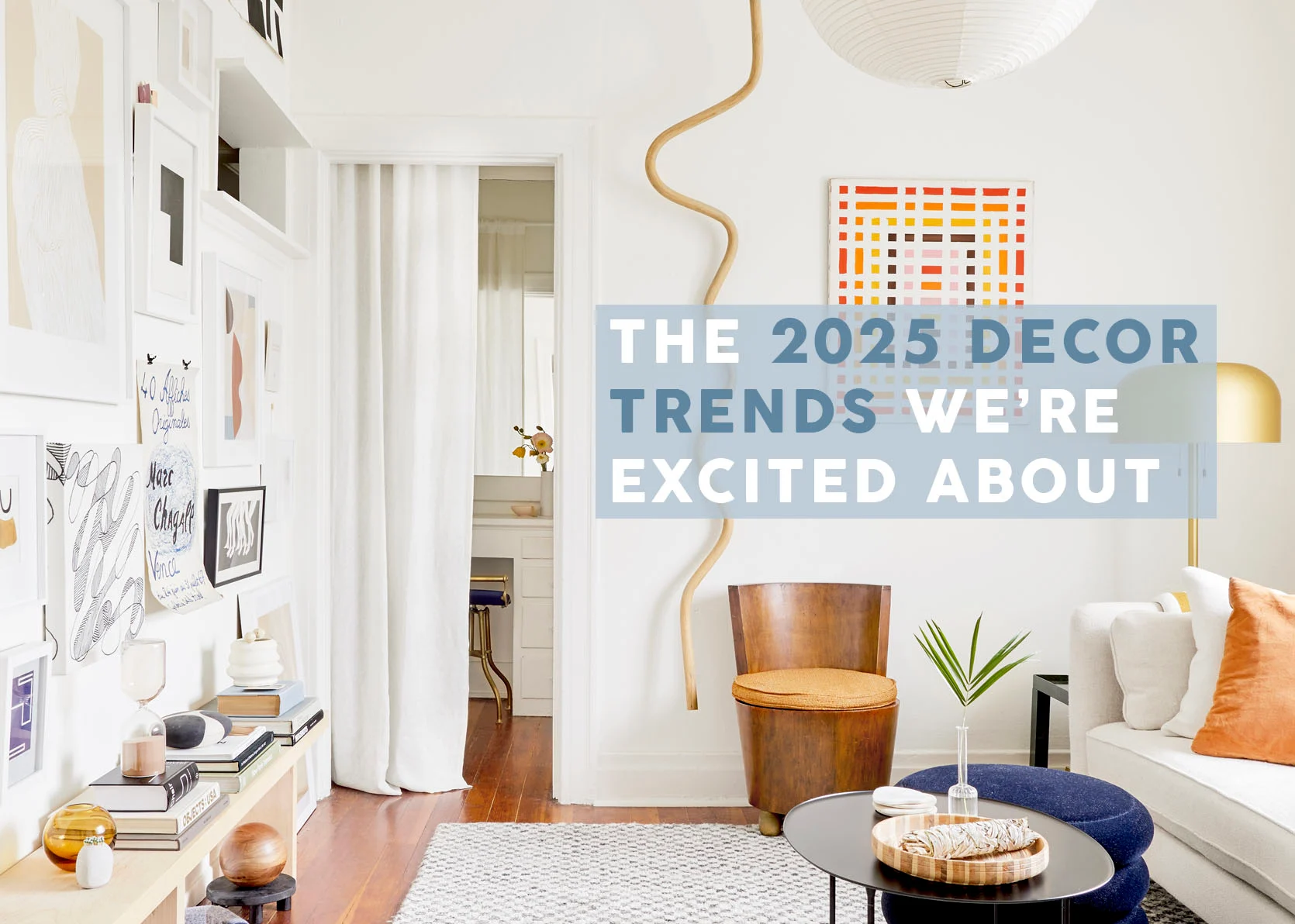The flooring in your home is more than just a decorative surface—it’s a long-term investment that affects comfort, safety, durability, and even property value. Choosing high-quality flooring ensures better performance, aesthetics, and cost-efficiency over time. Here’s why investing in premium flooring is essential.
1. Enhances Durability & Longevity
✔ Resists wear and tear – Quality materials (hardwood, porcelain tile, luxury vinyl) withstand heavy foot traffic, pets, and furniture.
✔ Maintains appearance longer – Unlike cheap flooring that scratches, fades, or warps, premium floors retain their beauty for decades.
✔ Reduces replacement costs – A well-installed floor lasts 20-50+ years, saving money on frequent renovations.
2. Improves Home Value & Market Appeal
✔ Increases resale value – Homes with hardwood, tile, or high-end LVP attract buyers and command higher prices.
✔ Creates a premium look – Quality flooring elevates the entire interior design, making spaces feel more luxurious.
✔ Wider buyer appeal – Neutral, high-quality floors are a top selling point in real estate.
3. Ensures Safety & Comfort
✔ Slip-resistant options (textured tile, LVP with grip) prevent accidents, especially in kitchens and bathrooms.
✔ Warmer underfoot (engineered wood, cork, or carpet) vs. cold, low-quality vinyl or laminate.
✔ Better indoor air quality – Non-toxic, low-VOC materials (solid wood, natural stone) reduce harmful emissions.
4. Reduces Maintenance & Repair Costs
✔ Easy to clean – High-quality floors resist stains, moisture, and scratches, requiring minimal upkeep.
✔ No frequent replacements – Cheap flooring (thin laminate, low-grade carpet) wears out quickly, leading to higher long-term costs.
✔ Warranty protection – Premium brands offer lifetime or extended warranties, ensuring peace of mind.
5. Enhances Energy Efficiency
✔ Better insulation – Materials like cork, carpet, or engineered wood help retain heat, lowering energy bills.
✔ Eco-friendly options – Sustainable bamboo, reclaimed wood, and recycled tile reduce environmental impact.
When selecting flooring for a residential property in the United States, homeowners must consider durability, cost, maintenance, and aesthetics. This technical guide compares the most popular flooring types, their materials, price ranges, and ideal applications—helping you make an informed decision for your next renovation or construction project.
1. Hardwood Flooring
Material:
- Solid hardwood (oak, maple, hickory, walnut)
- Engineered hardwood (plywood core with veneer)
Pros:
✔ Timeless appeal – Enhances home value
✔ Durable – Can last 50+ years with refinishing
✔ Natural & eco-friendly (if sustainably sourced)
Cons:
✖ High cost – One of the most expensive options
✖ Moisture-sensitive – Not ideal for basements or bathrooms
✖ Requires maintenance – Refinishing every 10-15 years
Best for: Living rooms, bedrooms, formal spaces
2. Laminate Flooring
Material:
- High-density fiberboard (HDF) core with a photorealistic wear layer
Pros:
✔ Affordable – Cost-effective alternative to hardwood
✔ Scratch-resistant – Ideal for pets & high-traffic areas
✔ Easy installation – Many options feature click-lock systems
Cons:
✖ Not waterproof (unless specified)
✖ Cannot be refinished – Shorter lifespan (~15-25 years)
✖ Lower resale value compared to real wood
Best for: Living rooms, hallways, home offices
3. Luxury Vinyl Plank (LVP) & Tile (LVT)
Material:
- PVC core with multiple layers (wear, design, backing)
Pros:
✔ 100% waterproof – Perfect for wet areas
✔ Durable & scratch-resistant – Great for pets & kids
✔ Affordable luxury – Mimics wood/stone at a lower cost
Cons:
✖ Not biodegradable – Environmental concerns
✖ Can dent under heavy furniture
✖ May emit VOCs (look for FloorScore or GreenGuard certified options)
Best for: Kitchens, bathrooms, basements, rentals
4. Tile Flooring (Ceramic & Porcelain)
Material:
- Ceramic (clay-based, glazed)
- Porcelain (denser, more durable)
Pros:
✔ Extremely durable – Resists scratches, moisture, and stains
✔ Low maintenance – Easy to clean, no refinishing needed
✔ Versatile designs – Mimics wood, stone, or custom patterns
Cons:
✖ Hard & cold underfoot – Uncomfortable for long standing
✖ Grout requires sealing – Can stain over time
✖ Slippery when wet (textured options help)
Best for: Bathrooms, kitchens, entryways, outdoor spaces
5. Carpet Flooring
Material:
- Nylon (most durable)
- Polyester (soft, stain-resistant)
- Wool (premium, natural)
Pros:
✔ Soft & warm – Comfortable for bedrooms
✔ Noise-reducing – Ideal for multi-level homes
✔ Budget-friendly – Lower initial cost
Cons:
✖ Stains easily – Requires regular cleaning
✖ Traps allergens – Not ideal for allergy sufferers
✖ Shorter lifespan (~10 years with heavy use)
Best for: Bedrooms, living rooms, home theaters
Flooring Comparison Summary (2024 Data)
Flooring Type | Material | Avg. Cost (Installed) | Lifespan | Water Resistance | Best Rooms |
|---|---|---|---|---|---|
| Hardwood | Solid/Engineered Wood | 8–8–15 / sq. ft. | 50+ years | ❌ Low | Living, Bedrooms |
| Laminate | HDF + Wear Layer | 2–2–7 / sq. ft. | 15-25 years | ⚠️ Some waterproof | Living, Hallways |
| LVP/LVT | PVC Layers | 3–3–10 / sq. ft. | 20-30 years | ✅ High | Kitchen, Bath, Basement |
| Tile | Ceramic/Porcelain | 3–3–15+ / sq. ft. | 50+ years | ✅ High | Bath, Kitchen, Entry |
| Carpet | Nylon/Polyester/Wool | 2–2–8 / sq. ft. | 10-15 years | ❌ Low | Bedrooms, Living |
hich Flooring Is Best for Your Home?
- ✅ Best Investment: Hardwood (resale value) or LVP (durability & cost)
- 💰 Budget Pick: Laminate or carpet
- 🌊 Wet Areas: LVP or porcelain tile
- 🛌 Comfort Zones: Carpet or luxury vinyl
Is Cheap Flooring Worth the Risk?
While budget-friendly options (low-cost laminate, thin vinyl) may save money upfront, they often lead to:
- Faster deterioration (peeling, warping, stains)
- Higher replacement costs within 5-10 years
- Poor performance in moisture-heavy areas
- Lower home appraisal value
Invest in Quality – It Pays Off!
Whether you choose hardwood, luxury vinyl plank, porcelain tile, or premium carpet, prioritizing quality ensures:
✅ Long-term savings (no frequent repairs)
✅ A safer, more comfortable home
✅ Higher property value
✅ Superior aesthetics & durability
For more comparisons, visit Group Decora—your ultimate guide to home improvement decisions!







Leave a Reply